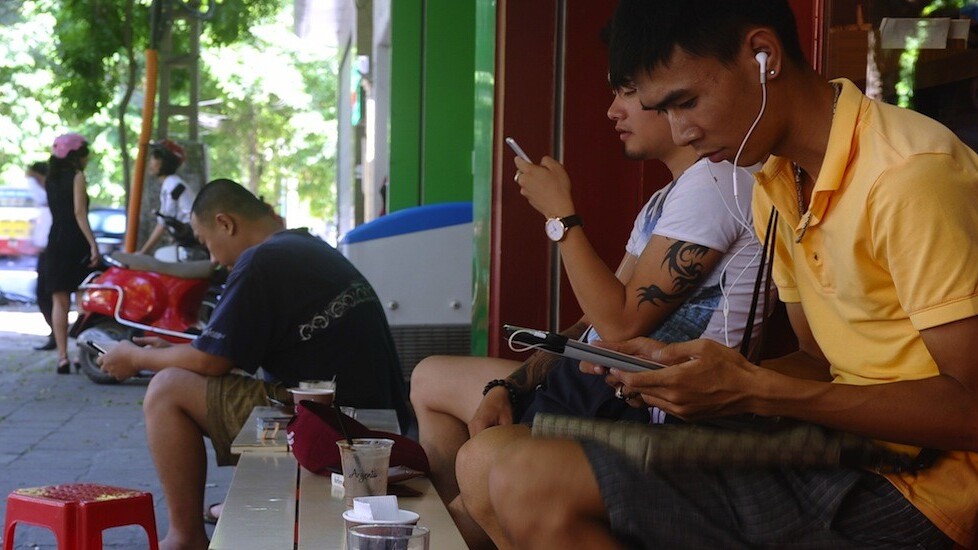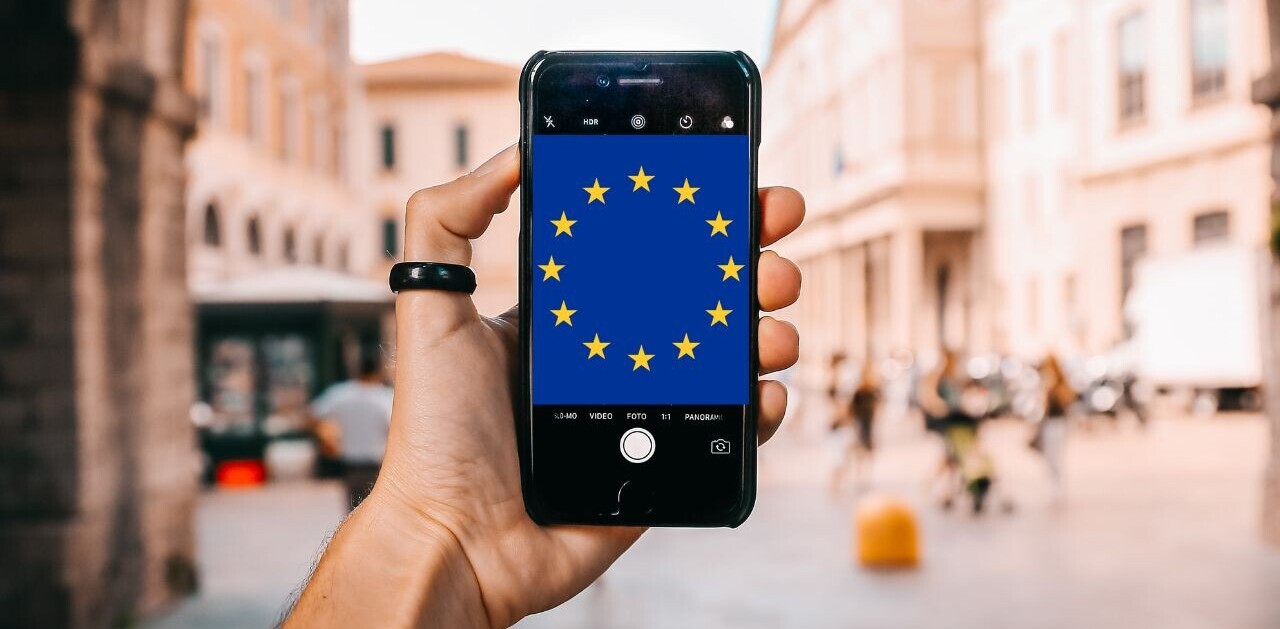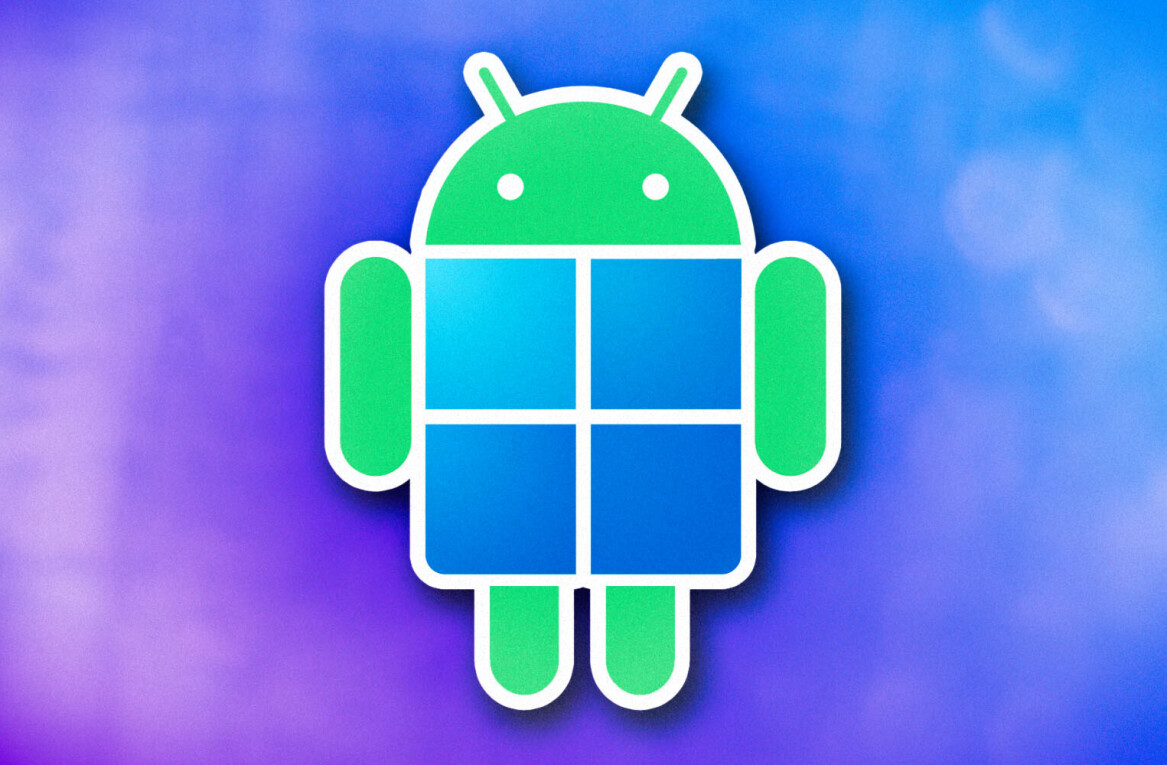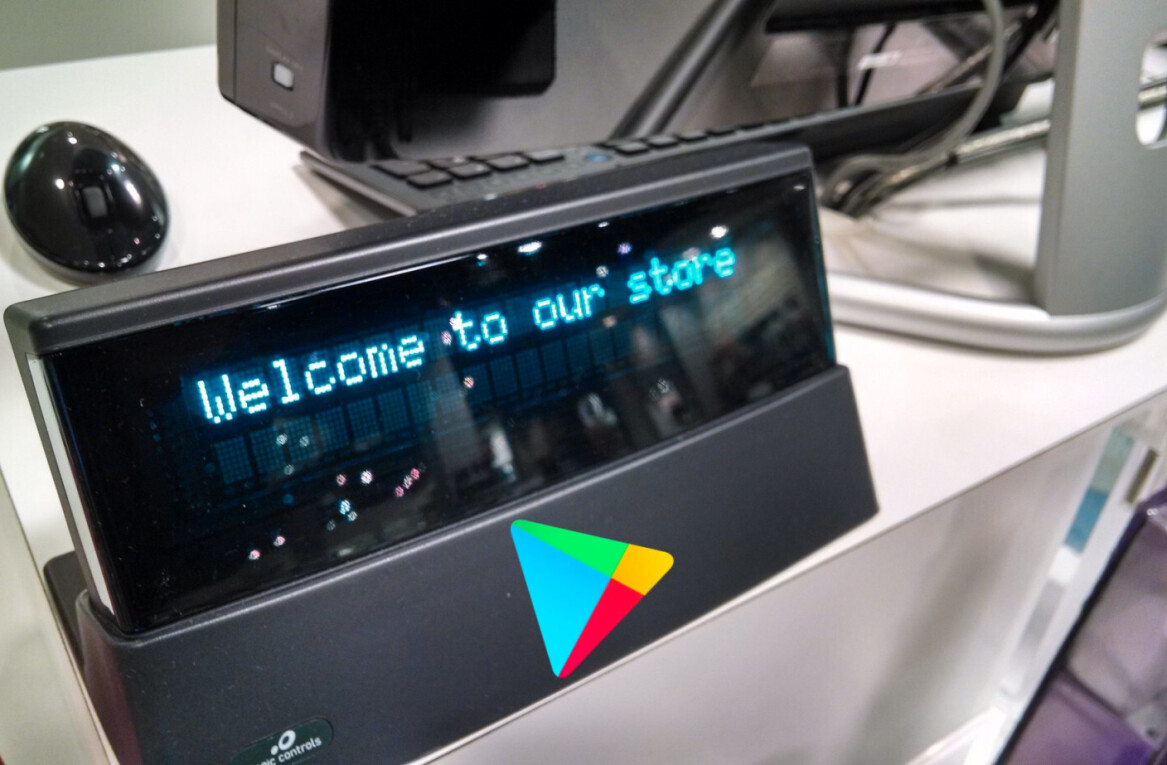
Emerging markets are increasingly accessing the Internet via their mobiles first, given the lower price-point of smartphones — and this is clearly seen in Southeast Asia, where there has been a rapid upswing in smartphone sales as more consumers upgrade from feature phones to smartphones.
According to a new report from market research agency GfK Asia, Southeast Asia’s smartphone sales volume grew 61 percent in the first three quarters of this year, compared with a year earlier.
From January to September 2013, consumers from Singapore, Malaysia, Thailand, Indonesia, Vietnam, Cambodia and the Philippines spent $10.8 billion on nearly 41.5 million smartphones, according to a new report from market research agency GfK Asia. Last year, they spent $7.54 billion on 25.8 million smartphones.
Gerard Tan, account director for digital technology at GfK Asia, says September marked a new milestone as well — one in every two mobile handsets purchased in Southeast Asia is now a smartphone.
Among the seven Southeast Asian markets, Indonesia is the one with the greatest smartphone sales volume and value — no surprise considering its large population of about 247 million. Indonesian consumers have already bought 14.8 million smartphones worth over $3.33 billion in the first three quarters of this year, GfK Asia notes.
Thailand and Malaysia follow closely behind — with smartphone sales at 7.2 million and 6.4 million respectively. In terms of smartphone sales value though, Malaysians bought more expensive devices to chalk up $2.25 billion in sales, while Thailand raked in $1.96 billion.
As for the type of smartphones that are raking in the sales in Southeast Asia — it should be no surprise that Apple’s iPhones aren’t as popular in this part of the world, considering the relatively higher prices.
Android has a 72 percent market share in Southeast Asia, and GfK Asia notes that it “continues to be increasingly sought after across six of the markets.” The Android operating system makes up 91, 83 and 81 percent of total smartphone sales in Philippines, Malaysia and Singapore respectively.
It is also catching on in Indonesia — as the proportion of Android smartphone sales jumped by 23 percent within a year, from 37 percent to 60 percent. Previously, BlackBerry was the reigning smartphone operating system there.
Southeast Asian consumers are also expressing their preferences for smartphones with large screens. GfK Asia notes that out of total smartphone sales, the share of four-inch and above smartphones in the first nine months of this year has more than doubled — to 27 percent from 13 percent last year.
Tan observes that this love for big screens will continue — and extend to even bigger phones. He adds that phablets — which GfK defines as those with displays that come in between 5.6 to 6.99 inches — are the latest trend in the market. GfK says that despite being introduced only in mid-2013, more than 460,000 such phablets have already been sold.
It seems like as Southeast Asian consumers prove their thirst for smartphones, Apple’s tactic to leave Asia-Pacific untapped should probably be revised — after all, there is a huge potential market in Southeast Asia which Android is currently dominating, and this means space for Apple to grow its presence.
Headline image via Hoang Dinh Nam/AFP/Getty Images
Get the TNW newsletter
Get the most important tech news in your inbox each week.




